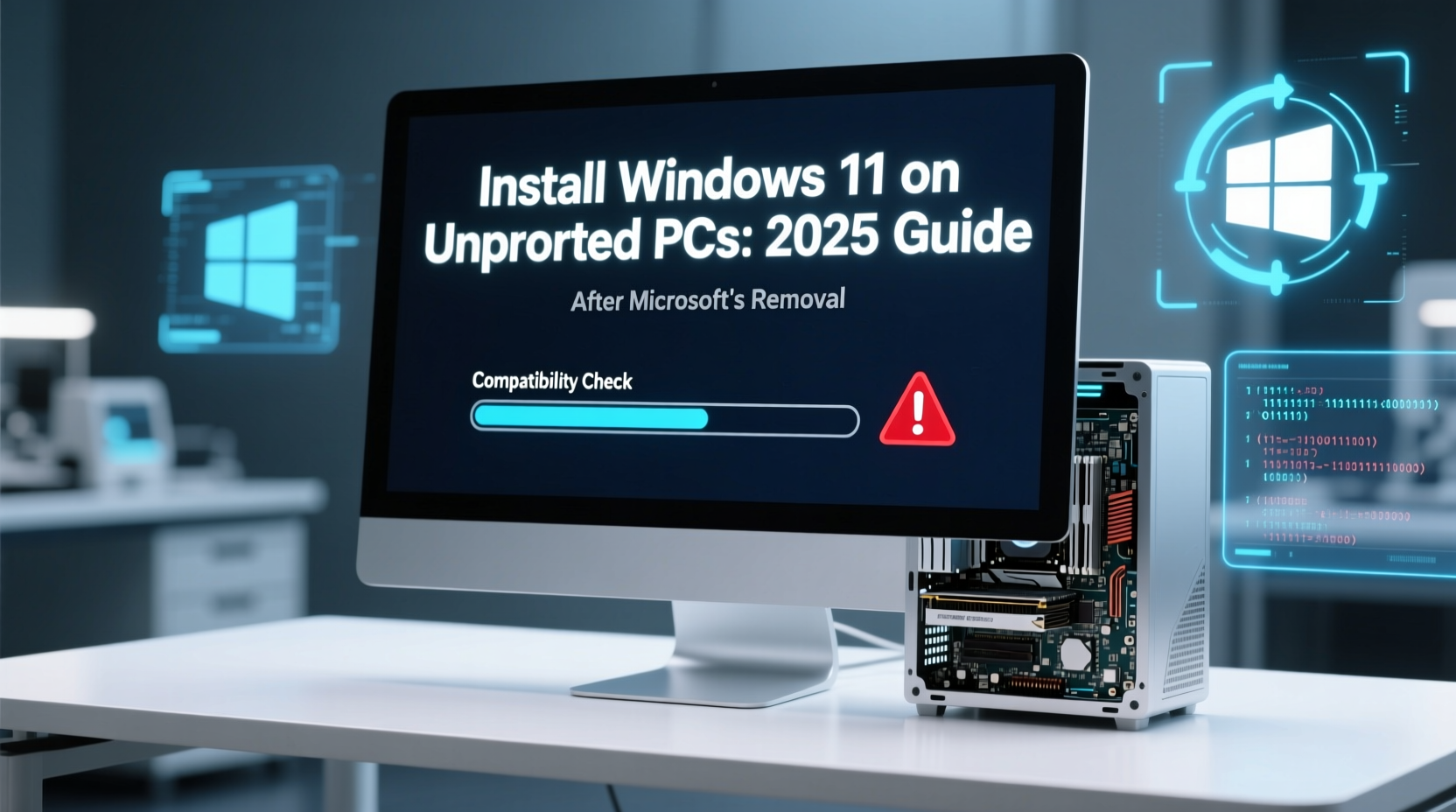Microsoft's Push for Windows 11: The Struggle with Unsupported PCs
Microsoft has been actively encouraging users to upgrade to Windows 11, emphasizing enhanced security and modernized features. However, the company is stringent about ensuring that only PCs equipped with Trusted Platform Module (TPM) 2.0 run the latest OS version, mainly for security reasons.
To reinforce this requirement, Microsoft recently removed instructions for a Registry hack workaround from its Windows 11 support page. These steps previously provided a method to bypass the TPM requirement, allowing installation on unsupported systems.
Changing Support Page: Windows 10 Problem Looming
As noted by Neowin, the Windows 11 support page titled "Ways to install Windows 11" has been around for several years. It now details methods to install the OS via Windows Update, the Installation Assistant, and physical media like USB drives or DVDs. However, past versions included instructions to modify the Registry, a technique to sidestep TPM 2.0 requirements. The Internet Archive’s Wayback Machine reveals such details from a December 12, 2024 version of the page.
| Registry Key | Name | Type | Value |
|---|---|---|---|
| HKEY_LOCAL_MACHINE\SYSTEM\Setup\MoSetup | AllowUpgradesWithUnsupportedTPMOrCPU | REG_DWORD | 1 |
Note: Microsoft warned against modifying the Registry incorrectly, advising that it could lead to serious issues requiring OS reinstallation. Users were admonished to proceed at their own risk, as Microsoft could not guarantee resolution for any arising problems.
Alternative Methods and Microsoft's Stance
While Microsoft no longer publicizes the Registry hack, it does not mean the workaround is ineffective. Various third-party tools such as Rufus and Flyby offer alternative methods to bypass hardware restrictions for installing Windows 11 on unsupported PCs, often proving more reliable than Registry tweaks.
The urgency to upgrade to Windows 11 is increasing as the support for Windows 10 is scheduled to end in October. However, older PCs often fail to meet upgrade criteria through conventional means, prompting Microsoft to discourage workarounds. Another revised support document from December warned of potential repercussions, such as compatibility issues, lack of support, and withheld updates for non-compliant installations.
Real-world Experiences and Practical Solutions
Personally, I have been operating Windows 11 on an old Lenovo laptop and several virtual machines over the past year. The primary issue I faced was related to updates; transitioning from Windows 11 23H2 to Windows 11 24H2 was problematic on a PC set up using Rufus. The solution involved downloading and installing the 2024 version with Rufus anew; once updated, my PC accepted the latest patches seamlessly.
The notion of purchasing a new PC solely for Windows 11 is daunting for many users, myself included. The unique features of my older Lenovo laptop, like dual batteries and an excellent keyboard, are irreplaceable in more modern models. For now, workarounds remain our best option despite Microsoft's disapproval.
Exploring Available Tools and User Experiences
- How to upgrade your incompatible Windows 10 PC to Windows 11: Two ways
- Microsoft blocked your Windows 11 upgrade? This tool can get the job done
- Wiping a Windows laptop? Here’s the safest way to erase your personal data - for free
- You can still upgrade old PCs to Windows 11, even if Microsoft says no: Readers prove it
- Microsoft to start charging for Windows 10 updates next year. Here’s how much
- This hidden Windows 11 setting adds an "End task" option to every task on your taskbar











 浙公网安备
33010002000092号
浙公网安备
33010002000092号 浙B2-20120091-4
浙B2-20120091-4